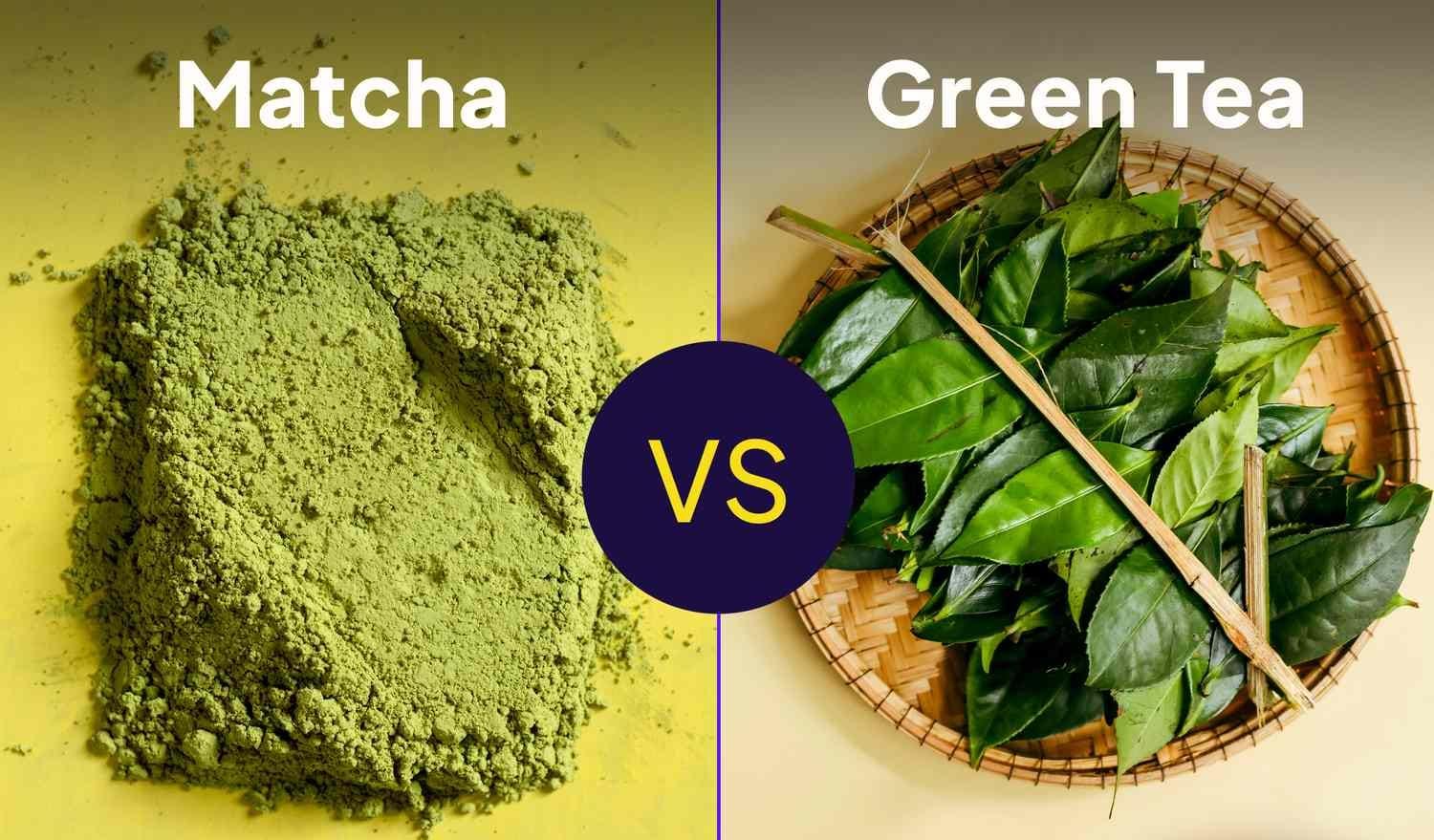Matcha and green tea both originate from the Camellia sinensis plant, but matcha’s powdered form delivers significantly higher antioxidants and caffeine. As wellness trends evolve, matcha is gaining popularity for its concentrated health benefits, while green tea remains a lighter, more traditional option. The choice depends on your energy and nutrition goals.
Matcha and Green Tea: A Nutritional Face-Off
Tea lovers often debate which brew offers more health benefits—matcha or green tea. While both stem from the same plant, their preparation, potency, and wellness impact differ significantly. Recent insights from nutrition experts and wellness platforms shed light on how these two teas stack up in terms of antioxidants and caffeine.
Here are the key comparisons:
- Source and Processing
Both matcha and green tea come from Camellia sinensis. However, matcha is made by grinding whole tea leaves into a fine powder, while green tea is steeped and discarded. This difference in preparation leads to a more concentrated nutrient profile in matcha.
- Antioxidant Content
Matcha contains significantly more antioxidants than green tea. Specifically, it boasts higher levels of catechins, particularly EGCG (epigallocatechin gallate), which is known for its cancer-fighting and metabolism-boosting properties.
- Caffeine Levels
Matcha delivers nearly three times the caffeine of regular green tea. A typical serving of matcha contains about 70 mg of caffeine, compared to 25 mg in green tea. This makes matcha a stronger energy booster, though it may not suit those sensitive to caffeine.
- Flavor and Texture
Matcha has a rich, earthy flavor and creamy texture due to its powdered form. Green tea is lighter, more floral, and transparent, making it a preferred choice for those seeking a milder taste.
- Health Benefits
Both teas support heart health, weight management, and cognitive function. However, matcha’s higher concentration of nutrients may offer more pronounced effects, especially in boosting alertness and antioxidant protection.
- Usage and Versatility
Matcha is often used in lattes, smoothies, and desserts, while green tea is typically consumed as a hot or iced beverage. Matcha’s versatility adds to its appeal among younger, health-conscious consumers.
As wellness trends continue to favor nutrient-dense superfoods, matcha is emerging as a potent alternative to traditional green tea. Whether you’re seeking a gentle detox or a powerful energy lift, your choice of brew can make a meaningful difference.
Sources: Health.com, Halmaritea.com, Verywell Health

